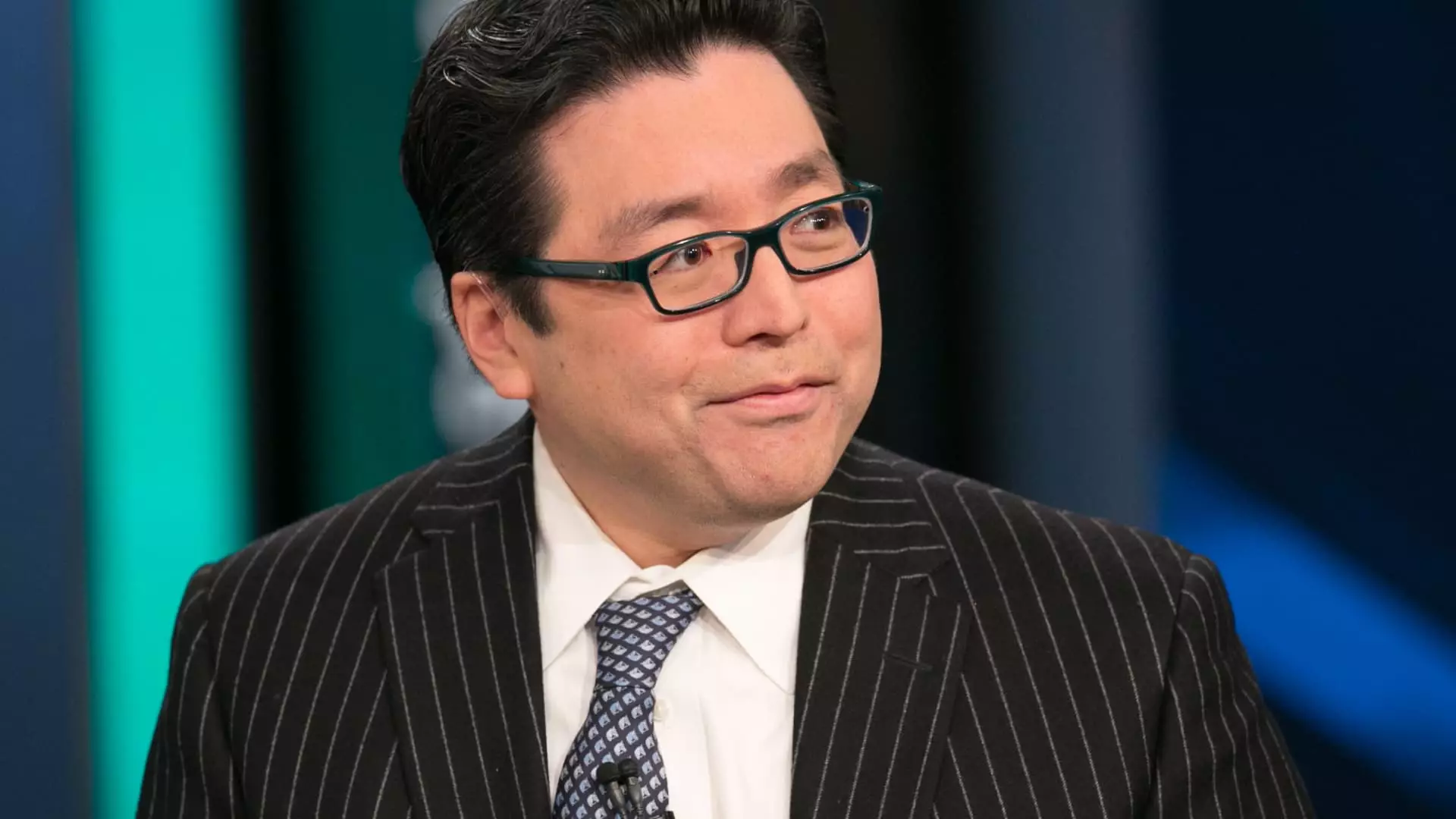BitMine Immersion Technologies’ recent move to center its treasury strategy around Ethereum is a notable, albeit risky, gamble that may redefine how crypto companies manage their reserves. The appointment of Fundstrat’s Tom Lee as chairman signals serious intent to transcend BitMine’s modest market presence and reposition itself as a major player in the ether mining and holding space. Yet, this leap occurs amid an unforgiving market where past failures and volatility loom large. Their $250 million private placement to build an ether reserve is audacious, especially for a company previously valued at just $26 million with dwindling trading volumes. It illustrates a growing trend of diversification away from bitcoin, but whether this strategy succeeds or backfires remains uncertain.
Ether as the New Crypto Treasury Darling: Ambitious or Overhyped?
Tom Lee’s enthusiasm for Ethereum, calling it the primary blockchain for stablecoin transactions, reflects a broader shift in crypto dynamics. Stablecoins, likened to the revolutionary AI tool ChatGPT by Lee, are indeed fueling rapid adoption among consumers and businesses, and Ethereum’s dominance in this space positions it as a strong candidate for institutional investment. However, equating stablecoins’ success with guaranteed growth for ETH may oversimplify the intricate, often turbulent landscape of blockchain ecosystems. Ethereum’s upcoming challenges—such as scalability concerns, competition from newer blockchains like Solana, and regulatory uncertainty surrounding stablecoins—could hamper the very momentum Lee champions. Placing too much faith in one asset type as a treasury anchor might expose BitMine to outsized risk in a market that rarely rewards single-asset dependency.
Realities Behind Market Optimism and the MicroStrategy Mimicry
BitMine’s adoption of a “ETH per share” performance metric, mirroring MicroStrategy’s bitcoin-per-share strategy, feels more like a marketing maneuver than a robust financial doctrine. MicroStrategy’s success with bitcoin treasury management was controversial, with critics pointing to heightened volatility and balance sheet risks. Replicating this in the context of Ethereum—a cryptocurrency still grappling with its identity amid the rise of DeFi and NFTs—might encourage speculative trading rather than fostering sustainable shareholder value. Lee’s vision depends heavily on the assumption that ETH’s value will appreciate steadily, but crypto history is laden with dramatic crashes and regulatory hurdles. The company’s previous share price decline of 45% underscores how vulnerable BitMine is to market sentiment swings, raising questions about whether Lee’s board leadership can truly reverse this trend or simply add another layer of hype.
Broader Industry Trends: Diversification or Distraction?
BitMine isn’t alone in shifting focus toward Ethereum or alternative tokens; SharpLink Gaming and DeFi Development’s forays into ether and Solana treasury holdings respectively reflect a more general diversification impulse within crypto enterprises. This suggests companies are searching for new growth levers beyond Bitcoin’s well-trodden path. However, this eclectic approach may also highlight an underlying desperation to find stability and profitability in a volatile environment rather than a confident strategic reposition. The fact that Ethereum co-founder Joseph Lubin is involved with SharpLink adds credibility, but it also raises concerns about possible conflicts of interest and blockchain insider dynamics shaping these moves. This trend isn’t simply a natural evolution—it’s also symptomatic of a crypto industry still struggling to mature and establish sustainable, transparent financial strategies.
Why BitMine’s Gamble Reflects Both Opportunity and Hubris
BitMine’s gamble captures the eternal crypto paradox—strikingly high reward potential shadowed by immense risk. Lee’s arrival breathes confidence, but it risks repeating well-worn narratives of market timing gambits that haven’t consistently paid off. The company’s pivot reflects a vital reality: firms can no longer rely solely on bitcoin’s allure to drive value but must carefully navigate the complexities of an evolving ecosystem. Ethereum undoubtedly offers exciting utility and growth prospects, particularly via stablecoins and decentralized finance. Still, accepting it as a panacea might blind companies to the hazards they face. BitMine’s trajectory will be a fascinating case study in whether bold innovation or prudent skepticism will best serve crypto treasury management in the years ahead.

